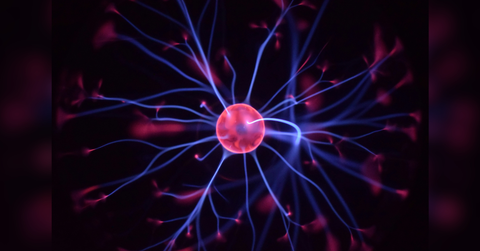 NEWS
NEWSUnderstanding Inductively Coupled Plasma Mass Spectrometry

Nov. 18 2025, Published 1:50 a.m. ET
Since laboratories today need super-precise ways to check elements, Inductively Coupled Plasma Mass Spectrometry has become a go-to tool to detect tiny amounts of elements in liquids, solids, and gases with amazing accuracy. You’ll find it in environmental testing, food safety, pharmaceuticals, and even space research. This article will help you understand inductively coupled plasma mass spectrometry.
What ICP-MS Actually Is
ICP-MS is a method that identifies and measures elements at low concentrations. These ions then move through a mass spectrometer, which separates them based on their mass-to-charge ratio. This process produces sensitive data, letting you detect elements at parts per billion or parts per trillion levels. ICP-MS lets us look at what are often vanishingly small amounts of elements that others might overlook.
How ICP-MS Does Its Magic
If it’s a liquid, it usually gets turned into a fine mist using a nebuliser. Solids need to be dissolved or broken down first. Once the sample enters the plasma, the temperature can reach around 10,000 Kelvin, which strips electrons from the atoms and turns them into ions. Inside the spectrometer, ions get separated based on their mass-to-charge ratio, and a detector records the intensity of each ion.
The Key Parts of ICP-MS
A hot environment that ionises atoms is created by a plasma torch, so the nebuliser turns liquids into tiny aerosol droplets to help them get inside the plasma. The ions are then separated by the mass spectrometer, and a detector counts them. With today's ICP-MS systems, they use collision cells to eliminate these effects, a whole cleaned system, so that in complex samples, the results are clean.
How ICP-MS Is Used Across Industries
Food safety teams use it to help ensure heavy metals in food remain under safe limits. ICP-MS is used by pharmaceutical companies to test trace elements in drugs, and research institutions analyse minerals in biological samples. The mining industry has applications for ICP-MS, which it uses to optimise extraction techniques. Anywhere someone needs to know the elemental composition of things, ICP-MS has a place.
Want OK! each day? Sign up here!
Why ICP-MS Stands Out
Inductively Coupled Plasma Mass Spectrometry can pick up elements at levels that most of the other methods cannot. It allows for the right size of multiple elements, which provides a complete profile of a sample. It processes various types of samples and results in accurate data. Having these benefits, ICP-MS is viewed as an essential instrument for labs that require elemental analysis at the highest accuracy.
Things to Keep in Mind
The machinery can be costly to purchase and maintain, which could make it challenging for medium-sized labs. Matrix effects can complicate the accuracy unless they are managed carefully. Analysing and calibrating ICP-MS needs a skilled technician with knowledge of the vagaries of the apparatus. Being cognisant of these points ensures investments in ICP-MS technology are well spent.
Tips to Make ICP-MS Work Best
Each sample should be properly cleaned and diluted to reduce contamination and interference. The system should be calibrated with standard solutions to keep the readings accurate. Variability in the signal can be corrected by the internal standard, thus increasing reliability. It is also possible to ensure the provider you work with knows what they are doing, or find a guide to using ICP-MS.
Why ICP-MS Is Important Today
Inductively Coupled Plasma Mass Spectrometry can detect the smallest amounts of elements that are important to many industries. Understanding the approach, its capabilities and how to use it effectively means labs are likely to obtain accurate results. For those who require elemental analysis capabilities, ICP-MS continues to be a reliable choice, providing speed of analysis as well as precision and flexibility.


